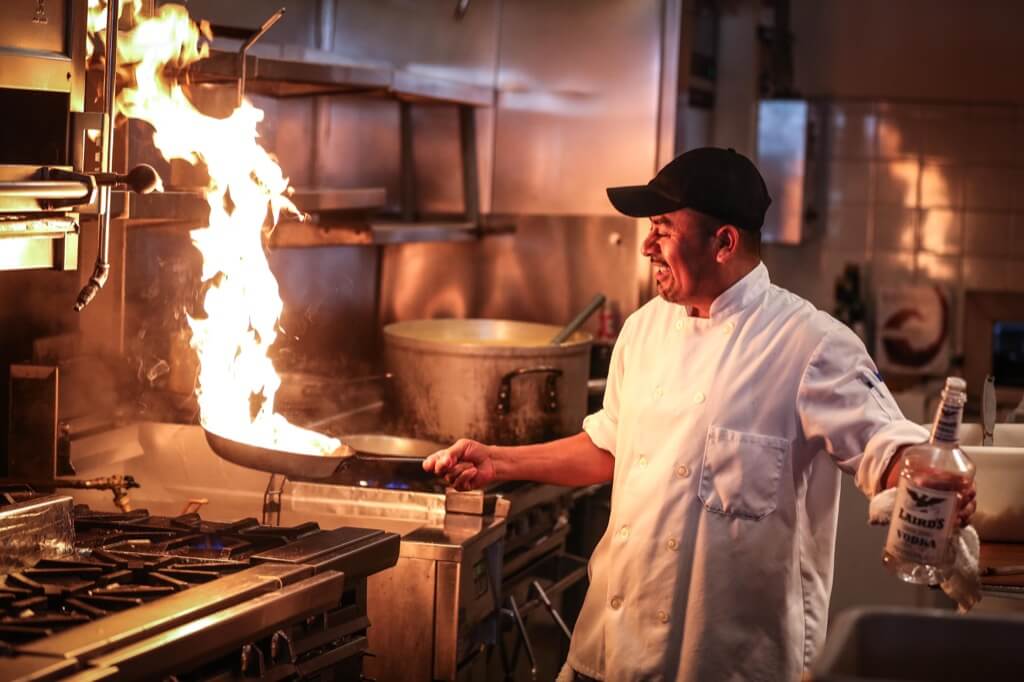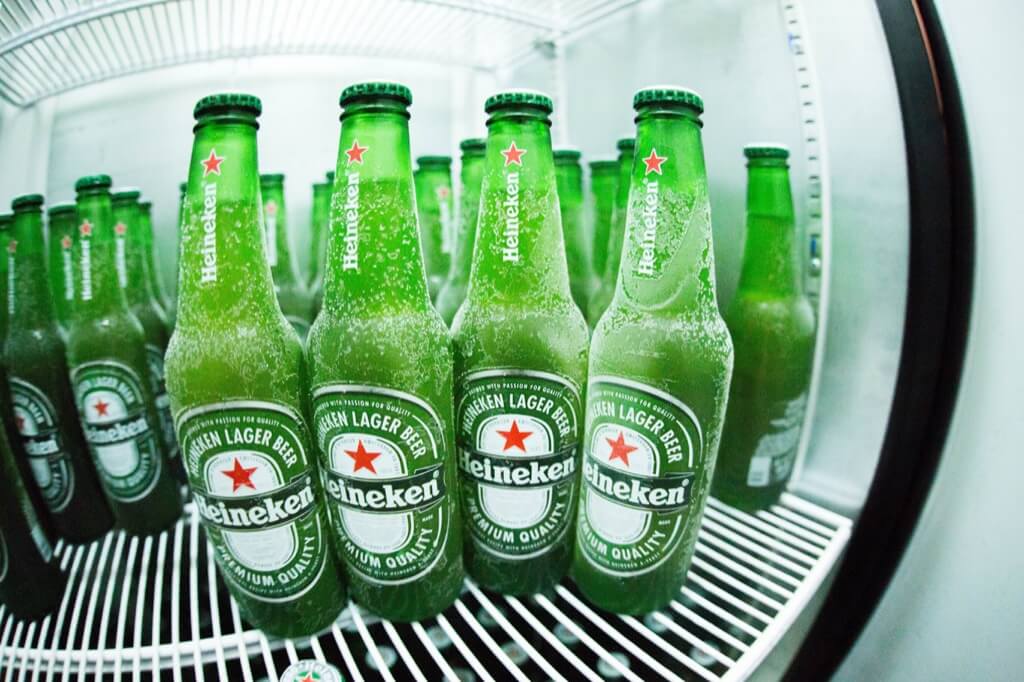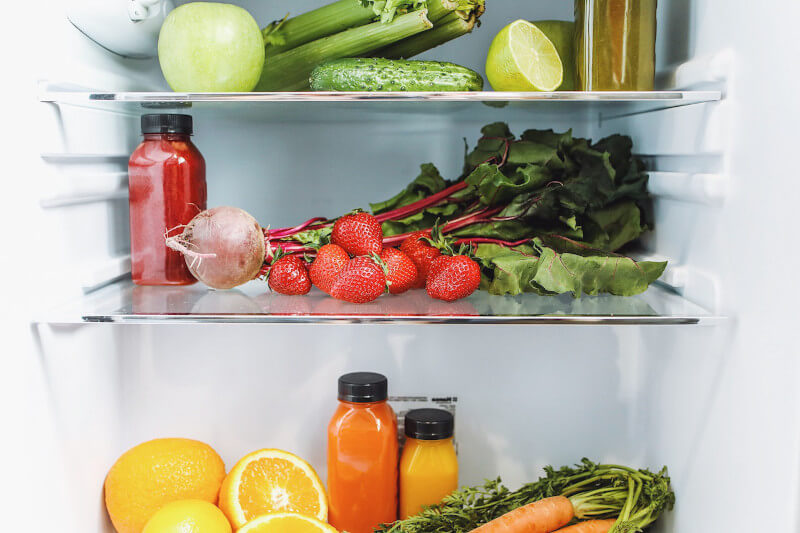Today, I stumbled upon a fascinating culinary revelation: alcohol doesn’t always evaporate or “cookout” during the cooking process, as popularly believed. Given that alcohol boils at 78.5°C, much lower than water’s boiling point of 100°C, one would assume that any culinary dish exposed to heat above this threshold would be free from alcohol. But is that truly the case?
Back in 1992, a collaborative study between the USDA, the University of Idaho, and Washington State University explored this very question. Their objective was to dissect the age-old belief surrounding alcohol’s evaporation in cooked dishes. To paint a clearer picture, they tested various alcoholic beverages and employed diverse cooking techniques, including simmering, baking, flambéing, and even post-cooking refrigeration.
Surprisingly, the results were far from the general assumption. They observed that even after cooking, alcohol retention varied drastically, anywhere from 4% to a whopping 85%. What was even more intriguing was that the time exposed to boiling wasn’t the sole factor determining this retention. Other elements, including the vessel’s size in which the dish was cooked, played a pivotal role; smaller pots, owing to their reduced surface area, retained more alcohol.
Breaking Down Their Observations
- The highest alcohol retention, around 85%, was when alcohol was added to a boiling concoction, and immediately removed from heat.
- Flambéing was the next in line, conserving about 75% of the alcohol.
- Dishes left out at room temperature for 12 hours kept around 70% of the alcohol.
- Baking without stirring retained 45% alcohol even after 25 minutes.
- When it came to baking or simmering with constant stirring, the retention rates were: 40% at 15 minutes, 35% at half an hour, 25% at an hour, and decreased by 1.5% for every additional 30 minutes beyond the first 1.5 hours.
The study does indicate that prolonged cooking might reduce alcohol content. However, for those considering cooking for someone sensitive to alcohol or if you are wary about alcohol consumption, remember this: As long as your dish retains moisture, it will contain traces of alcohol. This is because alcohol forms an azeotrope with water – a mixture where the ratio of compounds remains constant during distillation. In layman’s terms, no matter how much you boil it unless you drain out every drop, some alcohol will always persist.
Pouring a Splash in Your Dish? Think Twice!
Flavor and More: The Fondue Secret!
Fun Fact: When you dip your bread into that luscious cheese fondue, did you know that the alcohol added isn’t just there for flavor? It helps reduce the boiling point of the cheese, ensuring your fondue stays smooth and doesn’t curdle. Next time, impress your friends with this tidbit as you enjoy your fondue night!
Not All Boils Away
Fun Fact: You might think that simmering or baking a dish with alcohol ensures it all evaporates away, but that’s a culinary myth! Even after long cooking times, your dish can retain anywhere from 4% to 85% of the original alcohol. So, when you’re cooking up a storm, remember that not all the alcohol “cooks out.”
The Flambé Factor
Fun Fact: Planning on dazzling your guests with a flambéed dish? Remember, even though it looks flashy, flambéing a dish can retain up to 75% of the alcohol. So, while your dish will be the talk of the table, ensure your guests are okay with the alcohol content.
It’s All About the Pot
Fun Fact: The size of your pot can impact how much alcohol remains in your dish. Smaller pots with less surface area for evaporation can retain more alcohol. So next time you reach for your favorite cooking pot, think about how it might influence your dish’s alcohol content.
A Culinary Chemistry Lesson
Fun Fact: Ever heard of an azeotrope? It’s a mix of two or more compounds where the ratio remains constant during distillation. Alcohol forms an azeotrope with water. This means no matter how much you boil your dish, if it still has moisture, it still has some alcohol. Keep this in mind when you’re aiming for an alcohol-free dish. It’s not just about boiling; it’s about understanding the science!
When Flavor Meets Function: Using Alcohol in Your Cooking
Choosing the Right Cooking Method
Understanding the nuances of alcohol retention can guide you in the kitchen. If you’re aiming for a strong alcohol flavor and feel, shorter cooking methods or adding alcohol towards the end of the cooking process will retain more of it. For subtler hints, prolonged simmering or baking will reduce the content, but remember, it won’t eliminate it.
Considering Your Audience
Always be mindful of your audience. If you’re serving to kids, pregnant individuals, or recovering alcoholics, opt for alcohol-free alternatives like vinegar, broth, or juice. They can give your dish depth without the concerns linked to alcohol.
Quality Over Quantity
Like any ingredient, the quality of the alcohol you use can impact the flavor of your dish. Investing in a decent quality wine or spirit ensures a richer, more refined taste. Remember, you don’t have to break the bank, but maybe skip that bottom-shelf bottle.
Know Your Alternatives
There are many non-alcoholic substitutes for recipes that call for alcohol. For instance, you can replace red wine with grape juice or beef broth, and apple juice can be a great stand-in for white wine. If a recipe requires beer, non-alcoholic beers are widely available, and they’ll give your dish the depth it needs without the alcohol.
Safety First
If you’re flambéing, ensure you’re doing it in a well-ventilated area and have a fire extinguisher handy. The flames can get pretty high and can be unexpected for first-timers. Also, always remove the pan from the stove before pouring the alcohol to avoid any flare-ups.
Storing Dishes with Alcohol
When you store dishes that were cooked with alcohol, remember that even after hours or days, the dish might still contain some alcohol content. Refrigeration doesn’t significantly decrease the alcohol content, so always label and be aware when reheating and serving later.
Alcohol Measurements in Cooking
Often, a little goes a long way. Unlike other liquids, alcohol can easily overpower a dish. Start with smaller amounts, taste, and adjust. It’s easier to add more than to try to balance a dish that’s too alcohol-heavy.




